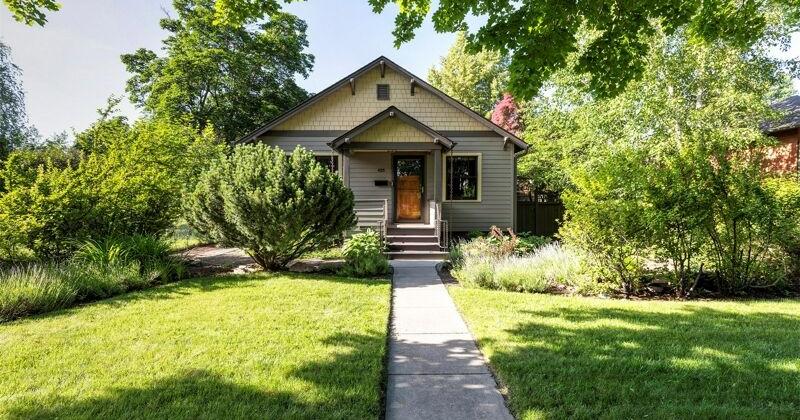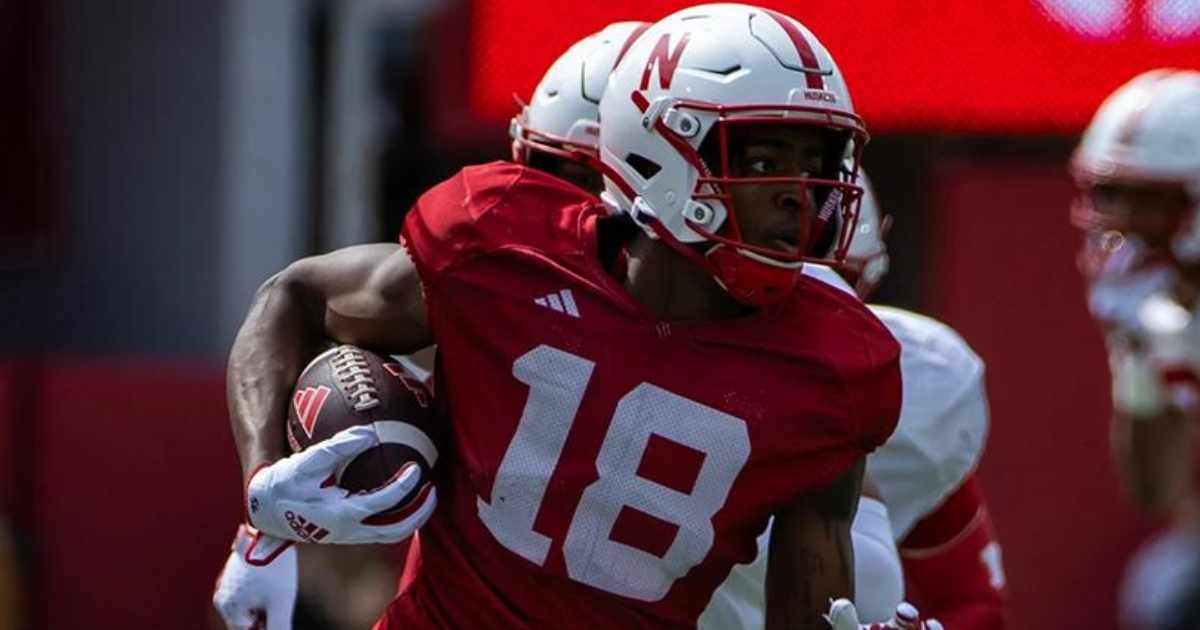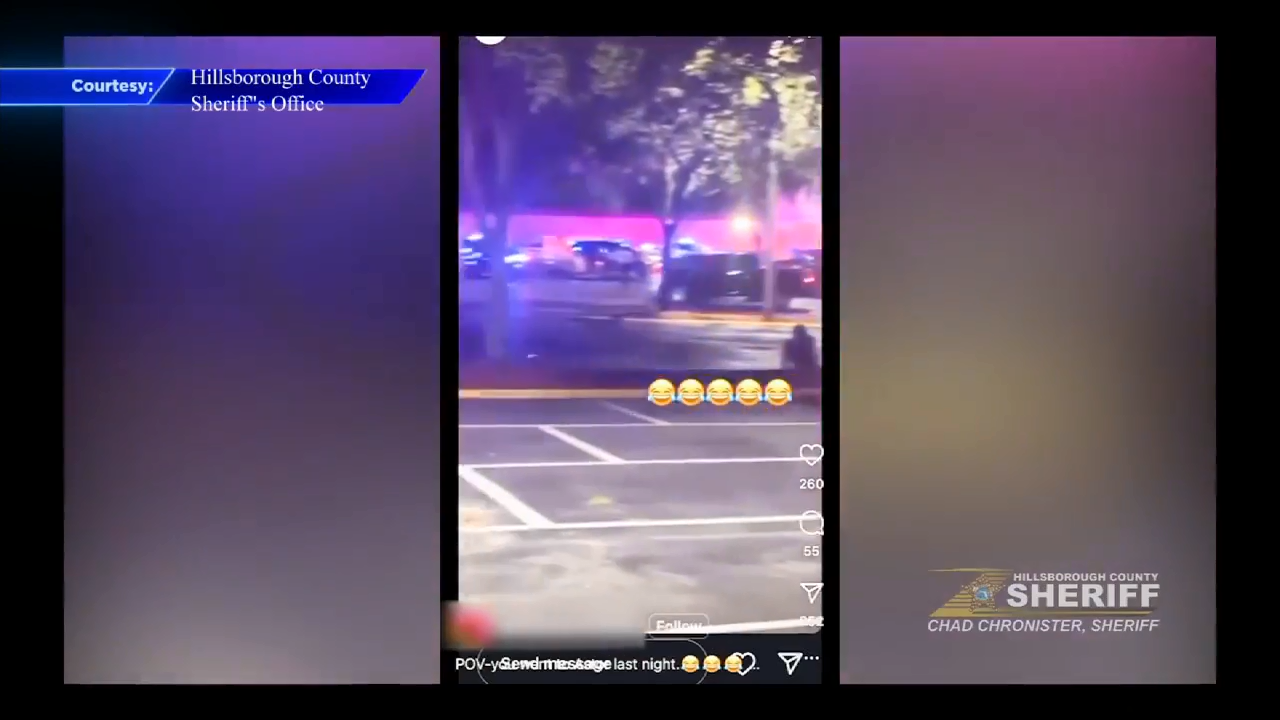Montana
Newly listed homes for sale in the Missoula and Western Montana area

Welcome to this exquisite 3 bedroom, 2 bathroom Craftsman-style residence situated in the quiet McCormick Park neighborhood. With its finely crafted features, this property offers a harmonious blend of elegance, sophistication, and modern convenience. The interior of this home boasts an array of desirable features. Entering through the front of the home, you are greeted with a stunning custom walnut door welcoming you into the living room and den areas with recessed LED lighting throughout that have dimmable light switches for personalized ambiance, and crown molding adds a touch of elegance. Oak hardwood floors add warmth and character, complemented by the custom-built interior walnut doors. The kitchen is a chef’s dream, with custom cherry cabinets, under/over cabinet lighting, and granite countertops. The Wolf 48” stove with gas burners, convection oven, and griddle provides a high-end cooking experience in addition to the updated appliances which include a new refrigerator and newer dishwasher. Both bathrooms have spa-like experiences, with a luxurious Kohler VibraAcoustic bath tub on the main and a Mr Steam shower with remote start in the lower level. The lower level offers versatile living space with two additional bedrooms, one bathroom, laundry facilities, a mechanical room, and storage area. The 100% wool carpet adds comfort and insulation, while the Runial baseboard heat provides efficient heating. Stay cool in the summer and cozy in the winter with the Mini Split AC/Heat system, featuring recessed ceiling mounted cassettes, and the whole house fan system. Radiant floor heat upstairs and hot water baseboard heat downstairs ensure optimal comfort year-round. As well, inside the home, updated insulation ensures energy efficiency and a comfortable living environment. Additional insulation has been blown into the exterior walls, with 2” foam insulation for insulation performance. A central vacuum system, gutter guards, Pella double hung thermal windows, Hunter-Douglas window treatments w/ lifetime warranty, and the emergency cutover panel with generator are additional practical features. As you step outside, you’ll find a private fenced-in backyard that provides a tranquil oasis for relaxation and entertaining. The Timber Tech Decking offers a stylish and low-maintenance outdoor space, complemented by LED accent lighting that sets the mood for evening gatherings. The deck is also equipped with a plumbed natural gas line, perfect for a fire deck, creating a warm and inviting ambiance. This area is beautifully landscaped, with Flagstone hardscaping, mature plants and trees, underground sprinkler system and drip lines divided into four zones. The WiFi-enabled sprinkler control allows for effortless maintenance. For added comfort, a retractable awning provides shade on sunny days. The detached two-car garage features a finished interior, prepped for an electric vehicle charger, and provides ample space for parking and additional belongings. Keyless entry locks add convenience and security. A single car parking pad is also available behind the fenced gate. Call Jen Clement at 406.360.9849 or your real estate professional.
View More

Montana
Statewide Black Bear Study Expands to Northwest Montana – Flathead Beacon
In 2011, bear biologists in Montana published the findings of a first-of-its-kind research project to estimate the state’s black bear population and determine the effects hunting was having on the species. The decade-long study by Montana Fish, Wildlife and Parks (FWP) researchers Rick Mace and Tonya Chilton-Randandt began in 2001 with live captures and cutting-edge DNA-based sampling in the Swan Valley, but it eventually expanded to encompass 11 areas spanning 8,000 square miles across central and western Montana.
At the time, the project helped quell unrest over the state’s black bear management plan.
In the early 1990s, controversy over the recreational harvest of black bears by the public had peaked. Public harvest of grizzly bears in Montana had recently been halted by a federal court that determined the state of Montana did not have adequate data to indicate that the recreational harvest was not impacting grizzly populations, and public stakeholders argued the same was true for black bears. At the same time, the agency recognized that black bear harvest was (and is) an important part of the lives of many Montanans. As a result of this controversy, FWP initiated a public scoping and Environmental Impact Assessment process to update the black bear management program.
By extrapolating regional bear density data from nearly a dozen geographic zones across the state, the study arrived at a mean population estimate of 13,307 black bears and found that, on average, 1,030 black bears were harvested in Montana annually between 1987 and 2006. Nearly half of those bears (46%) were harvested in FWP’s Region 1 encompassing northwest Montana.
Introduced when Montana’s annual black bear harvest averaged fourth in the nation behind Washington, Oregon, and Idaho, the project produced some landmark findings and was cheered for its use of advanced technology.
“This project is an outstanding example of how technology and scientific rigor can be used to inform wildlife management and conservation programs, such that decisions regarding the conservation of wildlife are adequately informed and reliable,” Jim Williams, who at the time worked as FWP’s Region 1 wildlife program manager, wrote in the report’s executive summary, “Black Bear Harvest Research and Management in Montana.”
“The results of this project are already being applied to black bear management and conservation in Montana, and this report will help to form the basis of the black bear management program in Montana for years to come,” according to Williams.
But it was never meant to be the final word. In the 13 years since FWP published the report, and in the 23 years since the agency launched the project, scientific technology and methodology has evolved. With those new methods in mind, biologists have launched a new initiative to model an even more detailed population estimate of black bears in Montana, using harvest data, monitoring and genetic sampling to assess how bears are using the habitat, and whether their behaviors have changed as a result of hunting.
“As you might imagine, scientific methods have come a long way in 10 years, so we’re revisiting a familiar question using different methodologies,” Colby Anton, FWP’s black bear monitoring biologist, said Monday after the agency announced the second season of its black bear monitoring program. “Our overall objectives are to estimate the density and abundance of black bears at a statewide level, but also at a local level, in the individual bear management units. The impetus for this study is really to just better understand how harvest management and Montana’s harvest of black bears impacts black bear populations. It will ultimately help FWP gain an accurate and timely understanding of the black bear populations, accounting for regional differences, to better inform management decisions.”
The biggest difference setting this season’s field work apart from last year’s is its focus on northwest Montana’s Region 1 as opposed to the program’s inaugural season, which saw data collection and bear tracking primarily in Region 2, around the Blackfoot, Clearwater, Missoula, and Bitterroot valleys. Beginning next month, FWP staff will collect hair samples by setting up barbed-wire hair corrals west of Kalispell. In addition, about 20 bears will be captured and collared to collect the GPS data on in western and central Montana.
“We have 90 sites that we hope to establish this year, which are entirely centered in [Hunting District] 103,” Anton said, describing the study’s focus area as beginning near Ashley Lake and stretching west to the eastern edge of the Fisher River Valley and north to the district’s northern boundary.
The barbed-wire hair corral sites will be baited with a scent lure concocted out of fermented blood and fish guts, Anton said, and will see heightened use by black bears and grizzly bears alike. Hair corral sites will be surrounded by bright orange warning signs to prevent safety issues and all sites will be removed before the fall archery season begins. Trapping locations for GPS collaring will be marked by closure signs and members of the public are required to stay out of these areas due to increased safety risks.
“We’ll put up bright orange signs at the corrals that are posted with my name and contact information on them, and we do advise that members of the public not enter these,” Anton said, adding that researchers won’t place the lures until after spring black bear season is over.
The study will provide estimates on bear abundance and distribution and provide insights on how they use available habitats. Biologists will also better assess how hunter harvest and habitat quality and availability are impacting black bear populations. Managers will be able to make more informed season adjustments and recommendations based on monitoring results. The study will also provide insights on survival rates and causes of mortality.
While genetic sampling will occur in northwest Montana, GPS collaring efforts will be replicated not only in northwest Montana but several other areas around the state including the Ninemile Creek drainage and O’Brien Creek near Missoula; the Pioneer, Boulder and Gravely mountains in southwest Montana; the Little Belt Mountains and Rocky Mountain Front; and the Beartooth Front and Boulder River in south-central Montana.
Last season, biologists captured and collared 31 black bears in FWP Regions 1, 2, 3, and 4. Of those bears, 19 are still online, while others have died or shed their collars.
“This year, we hope to collar another 30 bears,” Anton said.
For more information on FWP’s bear research and for tips on bear safety, go to fwp.mt.gov/conservation/wildlife-management/bear.
[email protected]
Montana
Whiskey is for drinking, water for fighting

In the West, “whiskey is for drinking, water for fighting.” The fight over the water that flows in and out of Flathead Lake is just beginning. These waters deserve fighting for and over.
The Flathead watershed includes all the land that drains into Flathead Lake and the Flathead River — a vast area stretching west from the Continental Divide, east to the Salish Mountains, north into Canada, and south to the Clark Fork River to the south.
Waters from the headwaters in Glacier National Park, the “Bob,” and other wild lands flow together, nourishing our communities, forests, and farms and providing endless recreational opportunities. Flathead, Stillwater, Whitefish and Swan rivers contribute to creating the largest natural freshwater lake west of the Great Lakes. This watershed drains 6 million acres of some of the most scenic landscapes imaginable.
The various valleys of the Flathead watershed were scoured by recurring glaciers, leaving a trail of alluvial and outwash deposits and glacial till. The glaciers formed many lakes, wetlands, floodplains, and wonderful Glacier National Park. The glaciers are almost gone as yearly snowpacks continue their downward spiral.
A healthy and viable Flathead watershed relies upon a feasible and healthy snowpack. The 2022-23 snowpack was neither. The 2023-24 snowpack is well below average as yearly precipitation continues to fall as rain rather than snow.
Besides lower water levels throughout the Flathead watershed, wildfire conflagration increasingly threatens the basin and northwest Montana. While not an exceptionally old man at 72, I remember the summers of my youth as relatively smoke-free and pleasant. Growing up in Whitefish, I cannot recall one house having air conditioning. Spring high school sports were played in cool, rainy weather. Baseball games throughout the spring and early summer were often played in the rain, with low, grey cover.
These cool springs and summers resulted in a viable snowpack that gradually released moisture through the summer into the watershed. Our streams, rivers, wetlands and lakes were healthy
The Montana summers of my old age are increasingly hot and smoky seasons spent indoors. My grandchildren are frequently forced indoors due to poor air quality. While we have plenty of whiskey nowadays, water in our snowpack continues to dwindle.
Rather than recognizing and collectively addressing or fighting this together, good-meaning people are taking sides and positions, often at odds with one another. The value of a full Flathead Lake in the summer is something that all of us want, but it will become more and more challenging to achieve unless meaningful solutions are forthcoming.
As the glaciers dwindle and snowpacks grow smaller each year, with less and less water stored in mountain snows throughout the Flathead watershed, fighting will grow. Rancor is already developing amongst Montanans and our communities. We must not let facts and science become the first casualty of this fight.
Two Montana newspapers, the Missoulian and The Daily Inter Lake, have provided timely and informative articles addressing these crucial issues. I write to encourage continuing this coverage as best they can, with limited staffing issues.
All Montanans need to be in this fight. As the Bible reminds us, fighting the good fight is one of the bravest and noblest of life’s experiences.
Tom Muri lives in Whitefish.
Montana
Chefs Montana Houston and Ja’mir Wimberly-Cole to Lead at New Restaurant Eleven Social

In a surprise move, the two lead chefs of Restaurant Aleksandar tells Eater Philly they’ve moved on to now head cuisine at the highly-anticipated Eleven Social in Old City that’s set to open this summer.
Montana Houston will be the executive chef of Eleven Social and Ja’mir Wimberly-Cole will be their chef de cuisine. The new restaurant, co-owned by Phillies legend Jimmy Rollins, is focused on contemporary New American cuisine. After nearly two years at the helm of the European-inspired cuisine of Restaurant Aleksandar in Rittenhouse Square, the two chefs say they’re looking forward to new opportunities.
“I’m honored and blessed to be able to showcase another side of my culinary talents at Eleven Social,” says Houston, age 27. “The past year has been filled with many surprises, and this role is just another sign to keep going.”
In December 2023, Houston was named Eater Philly’s Chef of the Year for “applying his flavorful approach to every dish” as Restaurant Aleksander’s executive chef. This June, he will be an Iconoclast Dinner Honoree chef at the James Beard House.
“Montana has invited me to join him at Eleven Social as his chef de cuisine and I’m thrilled to collaborate with him again,” says Wimberly-Cole, age 24. “We aim to create a contemporary New American fine dining experience, reminiscent of the wonderful dinner we had at Crown Shy during a trip in NYC.”
Wimberly-Cole, who was formerly the chef de cuisine at Restaurant Aleksander since its opening in August 2022, will also be launching the Modern Trail Supper Club this summer.
“The pandemic put my initial plans for the Modern Trail on hold, but I’m eager to revive it,” Wimberly-Cole says on “gathering insights and refining my vision for the club.” “I plan to host private dinners featuring themed menus inspired by various cookbooks and share my journey as a young chef exploring innovative techniques. My goal is to host these dinners monthly or bi-monthly.”
As for Eleven Social — located at 117 Chestnut Street (the former 2nd Story Brewing Company) — Houston says the menu will be looking at “the Afro roots of all the places, as well as highlighting the region’s culinary favorites.”
“It will be elevated cuisine at this new restaurant and big bold flavors without white table cloth,” Houston adds. “So all the good service and food of an upscale, high-end, fine dining restaurant without the stuffiness of having to wear suit jackets and sit a certain way.”
The new restaurant’s soft launch is currently slated for the third week of July (around the 15-18th).
-

 News1 week ago
News1 week agoSkeletal remains found almost 40 years ago identified as woman who disappeared in 1968
-

 World1 week ago
World1 week agoIndia Lok Sabha election 2024 Phase 4: Who votes and what’s at stake?
-

 World1 week ago
World1 week agoUkraine’s military chief admits ‘difficult situation’ in Kharkiv region
-

 Movie Reviews1 week ago
Movie Reviews1 week agoAavesham Movie Review
-

 World1 week ago
World1 week agoCatalans vote in crucial regional election for the separatist movement
-

 News1 week ago
News1 week agoTrump, Reciting Songs And Praising Cannibals, Draws Yawns And Raises Eyebrows
-

 Movie Reviews1 week ago
Movie Reviews1 week agoUnfrosted Movie Review: A sweet origins film which borders on the saccharine
-

 Politics1 week ago
Politics1 week agoNorth Dakota gov, former presidential candidate Doug Burgum front and center at Trump New Jersey rally



















